Canada’s shortwave service officially launched
It had been a bit of a bumpy ride for Canada to get its own voice heard internationally.
The idea that Canada’s voice and opinions needed to be heard internationally had been bandied about as far back as the 1930’s but little had been done about it.
By the late thirties and the declaration of war in 1939, the idea of radio propaganda was firmly established by the enemy. Early into the war, and with things going badly for the Allies, Britain and Canada decided that Canada should join that propaganda war too, especially as a safe location to continue broadcasts should things get even worse for Britain and the continent.
Canada also saw it as a way to deliver news from home to the hundreds of thousands of their citizens in uniform serving abroad.

The idea was first proposed early in the war. But resources were scarce. After a couple of years of discussion, on September 18, 1942 Cabinet formally requested the domestic public broadaster, CBC, to develop an international shortwave service.
In 1943, the only transmitters suitable would come from the US, but making transmitters for Canada was not their priority. A political kerfuffle ensued when Prime Minister WL Mackenzie-King wanted to send a letter to President Roosevelt asking him to intervene, but the Minister of Munitions, CD Howe angrily lobbied that any money and resources should be spent on actual war materiel.
When it finally started to coalesce however, “the International Service of the CBC” or simply I.S. moved into its first home.
Some histories, (even RCI’s own site) set this in the renovated former Ford Hotel in downtown Montreal but that wasn’t ready until 1950. In fact the very first headquarters of the new service were at 1236 Crescent Street in Montreal, a former brothel ( since replaced by a modern new hotel).
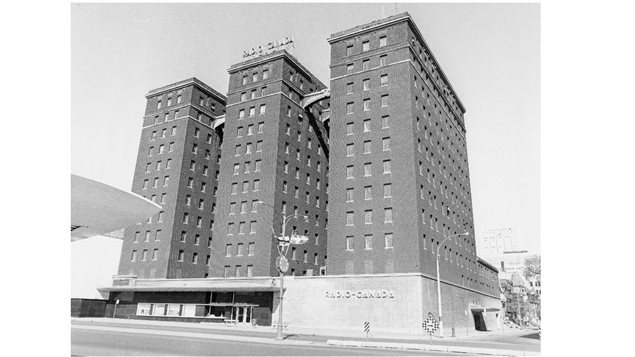
The transmitters had finally been delivered and a massive tower array built on the Tantramar marshes of New Brunswick, an excellent site for shortwave propagation. In fact the two 50Kw transmitters from that location provided a better signal into Europe than the Voice of America.
Initial test broadcasts began on Christmas 1944.

On February 25, 1945 the service was officially launched and the psychological warfare soon began in English French and German in an effort to provided encouragement to countries still occupied and to demoralize German troops and hopefully bring an earlier end to the war. It also of course would provide moral support with news from home for the Canadian service personnel still fighting desperately, although it now seemed that eventual victory was at hand.

Post-war the service slowly expanded in light of the new Cold War
To provide information to Europeans and news to occupied Communist countries other languages were added.
There was also a focus on Canada’s position on world affairs, and to explain how Canada’s democratic system functioned, along with examples of Canadian artists, culture, lifestyle, political system, and technological innovations. To these ends many other languages were added including Dutch, Czech, Swedish, Danish, Norwegian, Spanish and Portuguese to Latin and South America and Europe, Russian, Ukrainian, and others.
However, the IS always had to walk a narrow line between state propaganda, and journalism, and was often accused by both sides of wandering off the path one way or the other often bitterly.
In reality, truthful journalism tended to win out and the service became one of the most trusted sources of information by international audiences, especially during the many world crises over the subsequent decades.
For many years the IS and later RCI also developed a transcription service and recorded many aspiring Canadian musical artists, as well as world-class recordings of orchestral and other music for distribution to domestic CBC stations and internationally.
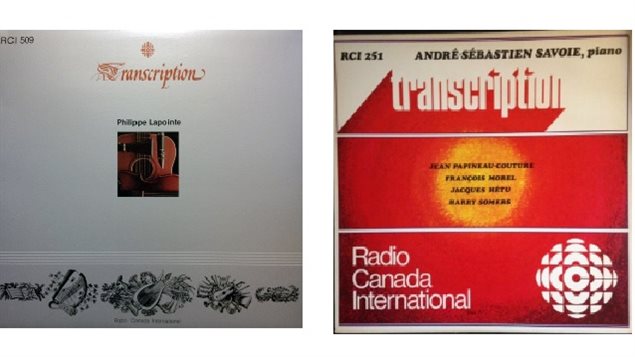
In 1972, the name was changed to its current “Radio Canada International “ with no hyphen so as to avoid confusion with the French language domestic service Radio-Canada.
Over the years, the service, although highly appreciated by international audiences was not widely understood in Canada where shortwave listening was not generally known due to the massive availability of so many AM and FM signals both Canadian and flooding in from the US. It occasionally therefore faced the possibility of being shut down entirely. More than once a coalition of volunteers, employees, and international shortwave fans mounted an information and lobbying campaign led by “The Coalition to Restore Full RCI Funding”. The campaigns managed to get the powers that be to pull the service back from the brink of being cut entirely on more than one occasion. (ve2shw)

However, for a brief period in this newest century the English and French flagship programmes were also broadcast domestically on the CBC and Radio-Canada networks, to late night Canadian audiences who expressed great satisfaction with the programmes, which they had never heard before and which provided varied information in an interesting and informative manner not provided by the domestic services.
That however did not save the service from a draconian budget cut in 2012, from just over $12 million per year, to just over $2 million.
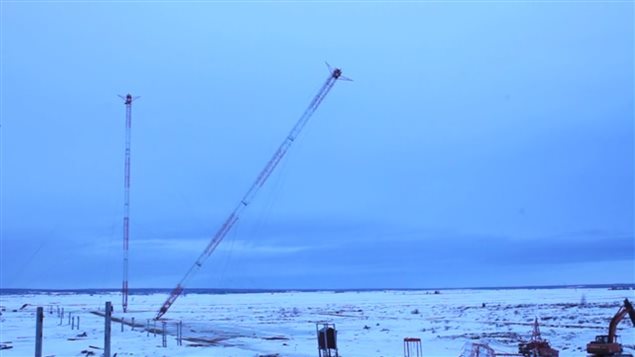
This resulted in the closing of Brazilian and Russian services, the English and French RCI newsrooms, dismissal of most of the staff members and the end of shortwave transmissions.
Expressions of shock and dismay were received from listeners around the world.
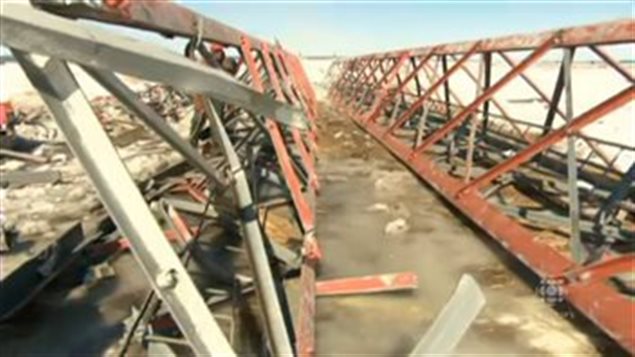
The reason given was that the world was moving to digital and shortwave was outdated, although many countries still maintain their shortwave services, some even expanding. However, several major broadcasters have also abandoned shortwave for much the same reasons as RCI, including for example Australia, Switzerland, even Russia among others,
After trying to sell the transmitter site to foreign interests without success, the government ordered the destruction of the antennae array and sale of transmitters/ The loss of that equipment meant that the shortwave broadcast service could never be revived and that Canada could never be a shortwave broadcaster again.

In 2017 the now vacant land of the former transmitter site was sold to a Mi’kmaq aboriginal agency for an undisclosed sum.
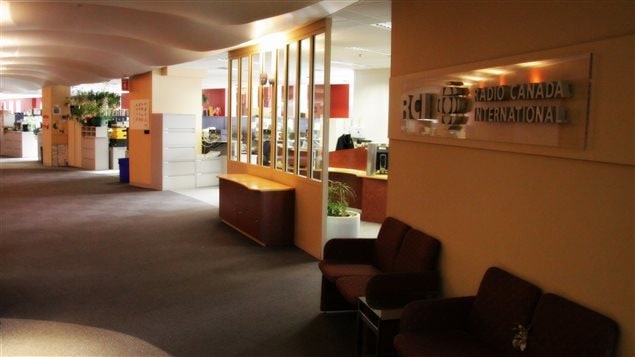
Nevertheless, RCI has successfully made a transition to the internet where it continues in its now five languages and continues to slowly and steadily grow in audience both domestically and worldwide.
additional information-sources
- CBC archives- RCI (many historical items)
- CBC archives- Prime Minister address 1945
- RCI- historical site
- Wikipaedia
- Shortwave listening guide
- CBC- Feb 2017- RCI land sold
- The Argosy- end of RCI shortwave
- RCI- 2016: Lynn Desjardins- Doc film
- RCI-2015- Wojtek Gwiazda- interview filmmaker
- Canadian Encyclopaedia- Transcription/recording service
- Hammond museum- info and some historical photos
- Prof Anthony Davies site
- Visit to RCI transmitter site 2012







For reasons beyond our control, and for an undetermined period of time, our comment section is now closed. However, our social networks remain open to your contributions.